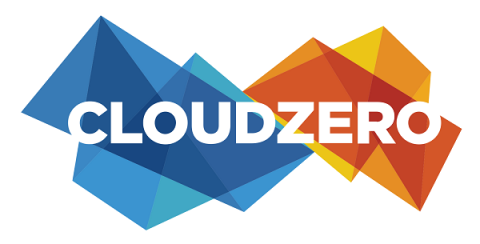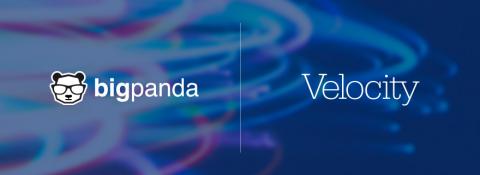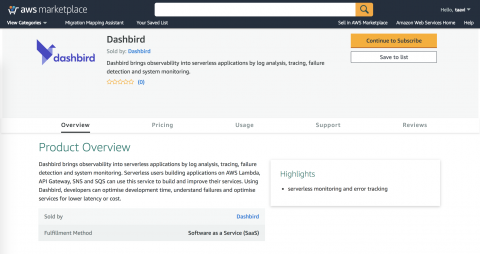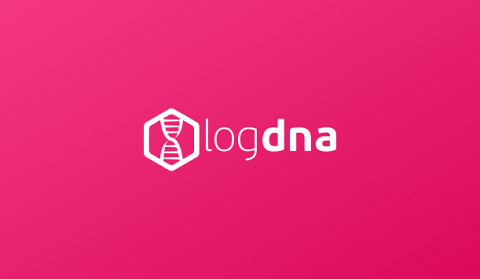Operations | Monitoring | ITSM | DevOps | Cloud
%term
The BBC's Cloud Migration With Zenoss
Migrating Applications from Rancher 1.6 to Rancher 2.0: Walkthrough Video
Best Practices for Instrumenting Containers with AppDynamics Agents
In this blog I will show some best practices for instrumenting Docker containers, using docker-compose with a few popular AppDynamics application agent types. The goal here is to avoid rebuilding your application containers in the event of an agent upgrade, or having to hard-code AppDynamics configuration into your container images. In my role as a DevOps engineer working on AppDynamics’ production environments, I use these techniques to simplify our instrumented container deployments.
Reserved Instances: Use It or Lose It
Reserved instances are one of those things that, when you first hear about them, you say, “Wow! I could save a lot of money!” And then you start to try and figure out how many you need? What sizes? Which operating systems? In which regions? Should they be convertible? Should I choose a 1-year or 3-year term? All up-front, partial up-front, or no up-front? How much compute am I actually going to need over that term?
Unsung IT Ops and DevOps heroes are finally getting their due!
IT Ops and DevOps teams in every organization are capable of focusing on revenue-generating initiatives and projects. Unfortunately they’re held back by constant fire-fighting…which means they are reduced to supporting just the current state and existing/legacy applications and services.
Dashbird now available through AWS Marketplace
Dashbird is now available at AWS Marketplace. This means that now users can subscribe directly through AWS Marketplace and manage the subscription through AWS. You can see the listing and subscribe here.
MSP Hyperspecialization: A High Margin Opportunity
Accelerate Security and PCI Compliance Visibility with New Sumo Logic Apps for Palo Alto Networks
It’s becoming increasingly harder to manage the volume of threats coming into enterprise networks as attackers become more sophisticated, the threat landscape expands and enterprises continue to adopt modern applications at cloud scale.
5 Splunk Alternatives - Faster, Affordable Log Management Solutions
Since its first release in 2007, Splunk quickly became one of the leading log management solutions. Its focus on enterprise grade log analysis and security incident and event management (SIEM) made it the de facto choice for organizations generating large volumes of log files and machine data. But over the past decade, the log management landscape has changed drastically.











